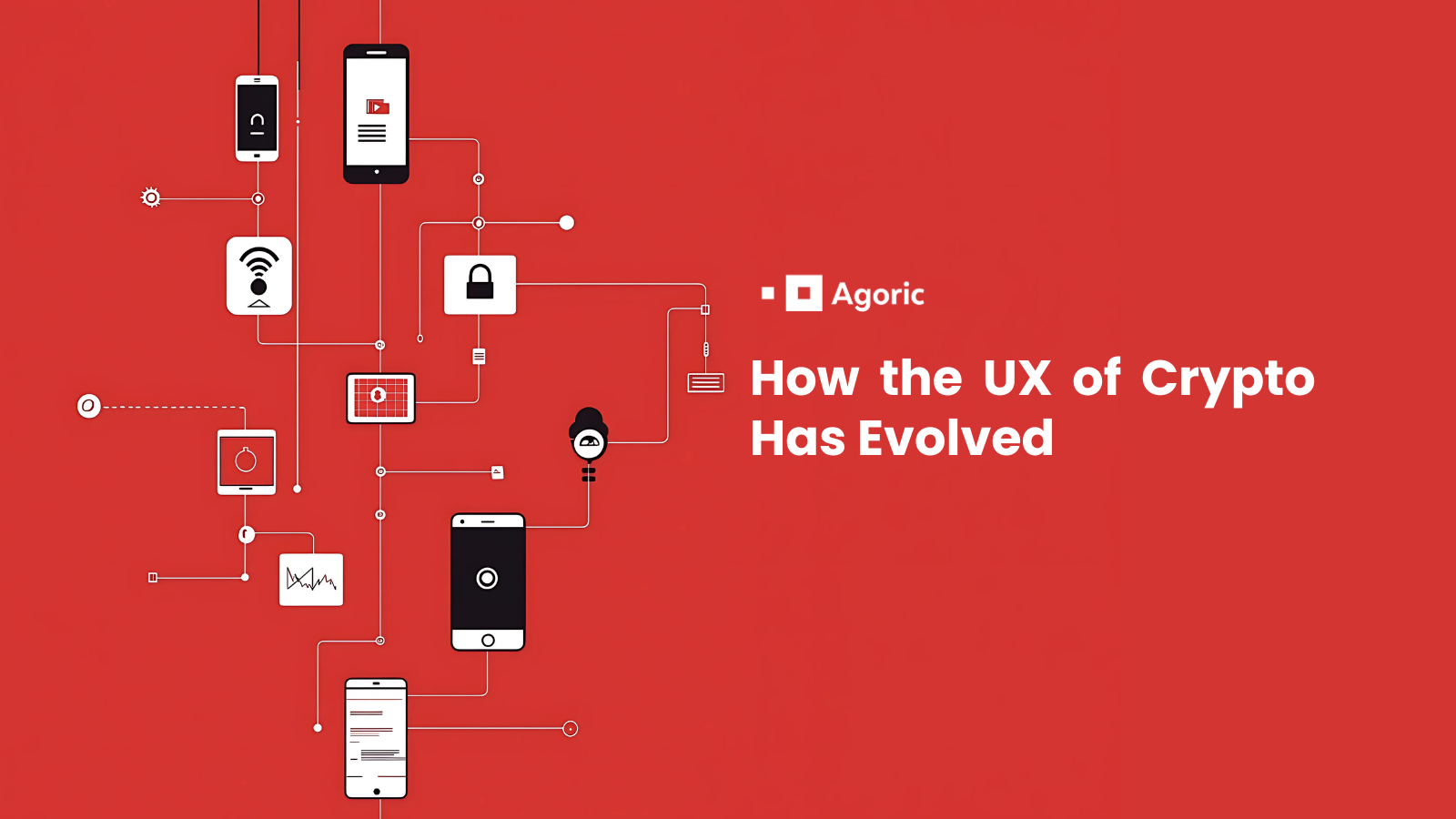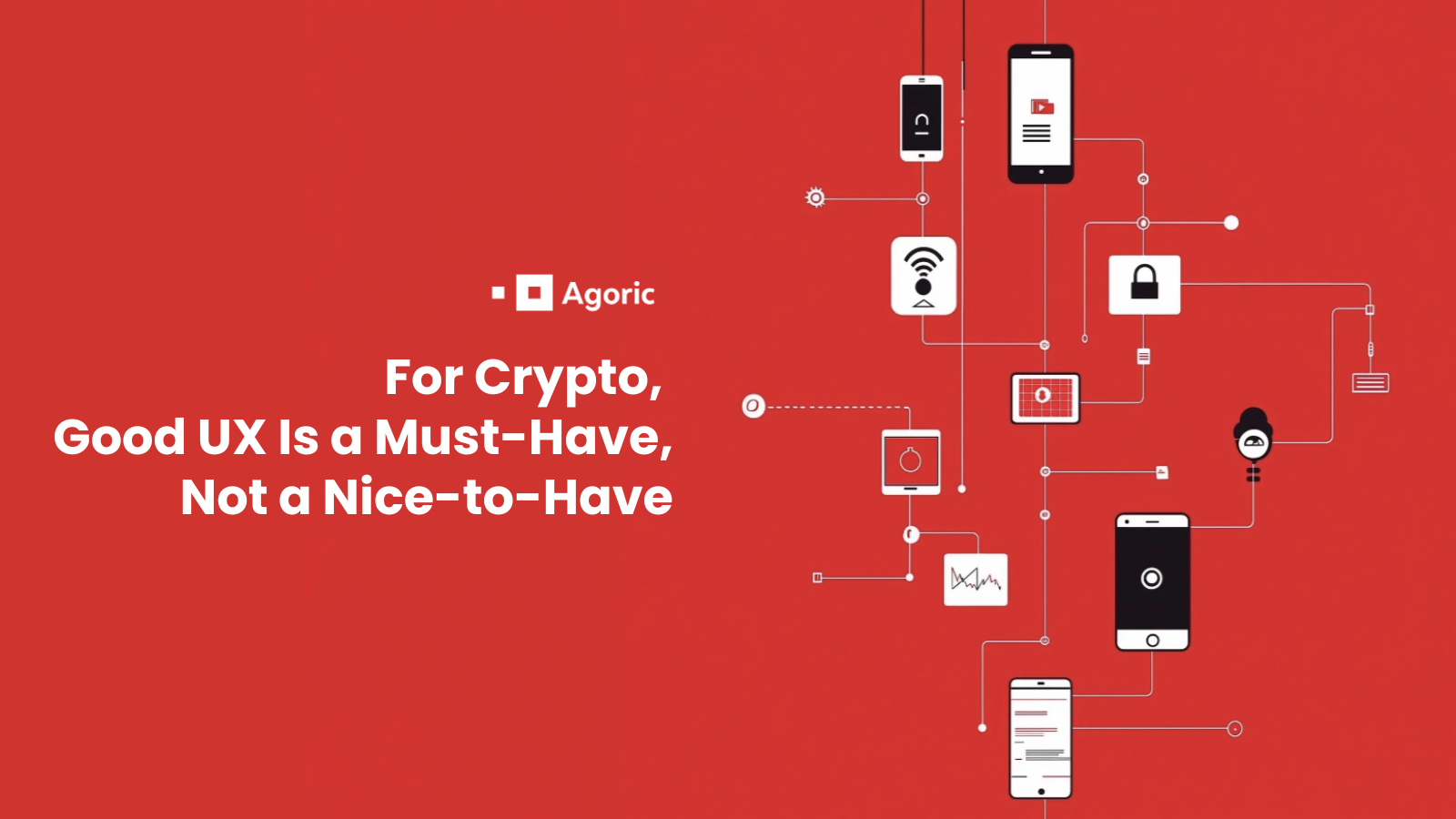In a recent post, we discussed how the future of blockchain’s adoption is going to hinge on improvements to user experience (UX). The overall history of technology repeatedly teaches us that intuitive, seamless user experiences are an essential constitutive part of any problem’s solution, making good UX a must-have, not a nice-to-have.
What makes for a “good UX” is non-obvious, however. It is less an ideal, singular end-state, and more an evolving set of protocols and ideas that, especially in the context of blockchain, is the result of an interplay between the discovery of new use-cases, consideration of user feedback, innovation of developer tools, and the evolution of the ecosystem in general.
Therefore, in order to better understand the future of blockchain UX, it is helpful to look back on how UX has evolved in this space over the past fifteen or so years.
Pre-2017: Early Crypto Transactions
The first blockchain interfaces were primarily designed for technically proficient users. Most of them required using the command line to accomplish the task. Akin to the era of cathode ray screens and green text for personal computers, early crypto wallets and exchanges were fairly technical and challenging to use. This UX matter — invisible to developers, who took such interfaces for granted — was a hurdle to the average person, negatively impacting inaccessibility. Due to the technical audience, there was very little emphasis on onboarding processes and helping new users get comfortable with the technology.
Anyone becoming interested in crypto during that phase faced a steep learning curve. Certainly, the efforts at that stage resulted in community formation among such critical parties as early adopters, developers, and enthusiasts. Such were the critical early years of the technology, as with many technologies. However, the state of UX at the time nevertheless hindered wider adoption, and revealed the first set of problems needed to be solved by improved design.
The Lesson: early technology can count on high technical literacy, but broader adoption requires broader access.
2017 – 2019: The ICO Craze
The initial coin offering (ICO) craze brought many new users to blockchain. The surge of interest made clear the need for better UX to accommodate the influx of increasingly non-technical users.
Companies like MetaMask and Parity began to focus on making wallets more user-friendly, with simpler interfaces and better security features, such as seed phrases and two-factor authentication. Early decentralized applications were launching during this time, but their UX often remained clunky and confusing in contrast with widely common web applications. In addition, services were prone to issues like slow transaction times and unpredictable gas fees.
This period of time showed that as some UX problems were addressed, new ones appeared to take their place.
The Lesson: “Good UX” is a discovery process, always in flux, and dependent on the evolution of the community itself.
2020 - 2023: DeFi and NFTs
DeFi and NFTs elevated UX to the status of a major concern, as crypto was becoming a destination both for mature institutions and for users who had only ever used Web 2.0 platforms previously.
Efforts to integrate blockchain applications with traditional financial systems led to more intuitive and accessible interfaces. Such platforms as BitGo and Tokensoft worked to make Web 3.0 opportunities viable for institutions. Some innovations included the implementation of fiat onramps (simplifying the process of buying crypto with traditional currency), and cross-chain interoperability protocols.
This period of time also witnessed a significant push toward mobile-friendly blockchain applications, which made designers work to accommodate users who primarily accessed the internet with smartphones. Meanwhile, the underlying technology and ecosystem was also becoming more complex. Concepts like yield farming and liquidity pools were popping up. In turn, platforms began to incorporate educational tools and smoother onboarding processes to aid user comprehension and usage.
The pace of development and adoption during this time both accelerated the rate of UX innovation as well as the complexification of the blockchain ecosystem. Again, as some problems were solved, new problems arose, many of which now require abstracting away some of the complexity that had emerged as a result of the ecosystem’s success and diversity of use-cases.
The Lesson: Scaling is a measure of success, but it also brings its own issues, such as diversification of platform and hardware
Today: Chain Abstraction and the Rise of Multi-Chain
With the success of the multi-chain and app chains over the past couple of years, challenges in UX design today include no single point of entry, complex onboarding, complex cross-chain actions, and fragmented liquidity, among others.
The need for seamless interaction between multiple blockchains has become crucial, and at Agoric and elsewhere in the community, improving UX in cross-chain environments is a paramount focus, as evidenced by the growing popularity of modular, interoperable, and chain abstraction-focused technology, including Agoric’s own Orchestration API.
Abstraction is one part of this new phase of blockchain’s UX evolution, a design tendency that affords future blockchain users with some of the simplicity and ease-of-use of many Web 2.0 applications. However, history has made clear that as some of these problems are solved and as new users enter the ecosystem, new problems and wedges will appear, and more UX innovations will be needed.
The Pursuit of Good UX
The evolution of blockchain UX reflects a journey of iterative problem-solving, driven by technological advancements, user feedback, and the growing complexity of the ecosystem. From command-line wallets to mobile-friendly DeFi platforms, and now to the rise of multi-chain abstraction, each phase highlights how the needs of users—and the solutions crafted to meet them—continue to shape the blockchain experience. As the technology matures and scales, UX design will remain at the heart of driving broader adoption, balancing accessibility with the complexity of emerging use cases.
Getting Started with the Orchestration API
The Orchestration API is designed to help teams building towards that multi-chain future. Getting started is straightforward and involves three main steps:
Master the key concepts that give Orchestration its super powers!
Play with the Orchestration Basics dApp to see how orchestration can improve cross-chain functionality and enhance the user experience.
Fork the dApp to customize the code, giving you the freedom to experiment and tailor the orchestration features to your specific needs.
Trying out the API? Join the conversation on Discord to share your experience!


